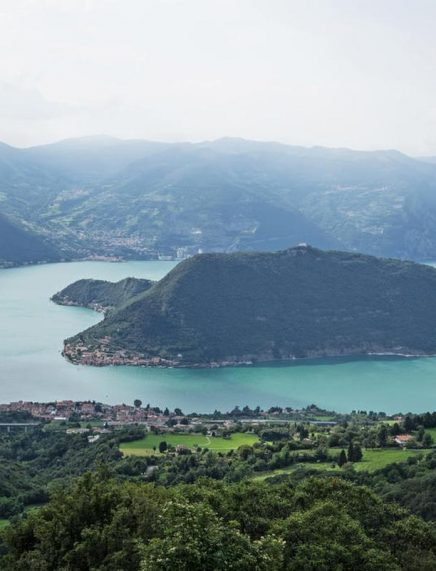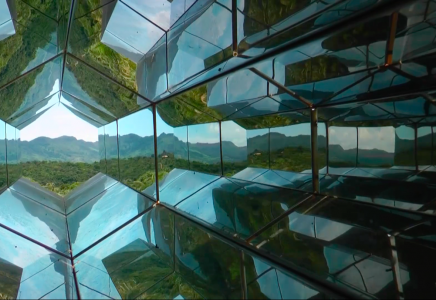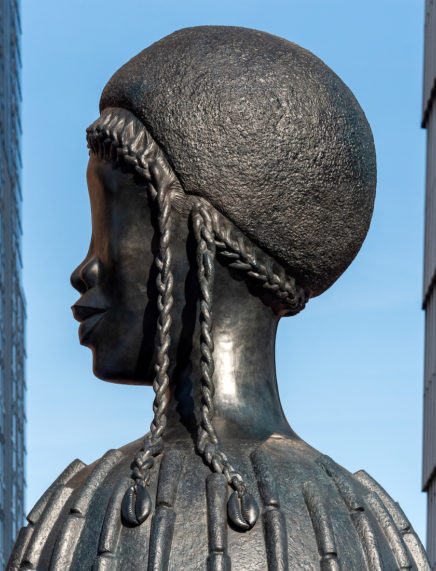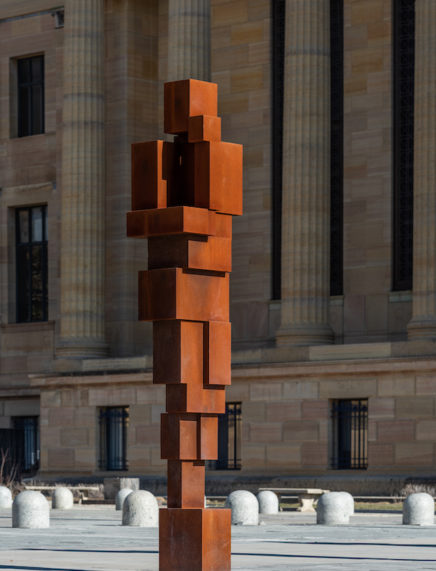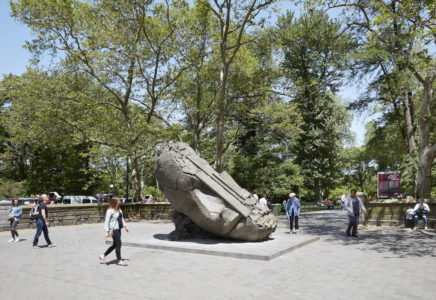Cristina Iglesias at the Grenoble Museum
On a hot summer day, I cross the threshold of the Museum of Grenoble, seeking out shade and coolness. There, I am greeted by the poetic world of Spanish artist Cristina Iglesias and taken on a gentle, almost motionless journey, through the depths of a diversity of spaces. I dive into a rich and sensual universe filled with transparencies and lightness, where nothing is ever rough.
Here, time flows, swells, and stands still through strong appropriations of space.
My visit of the ten rooms which gather works created over the past fifteen years starts with the discovery of an aquarium, first underwater world, where colorful fish dance amidst the remnants of a dark architecture. All around me on the wall, sketches, frozen moments in this moving environment.
Cristina Iglesias’s works are often monumental and imposing. Ready to face time, they invite me, each in their own way, to question my relationship with duration, chronology, and cycles. Instantaneous invitations to a change of scenery, from a forgotten plant to a hidden nature in our concrete cities, they are just as inspiring; they drag me into a vertiginous quest for depths and nuances.
I am letting the sound of water, its caress, and the slow work of erosion guide me.
Here, the prints of leaves and tall grasses are preserved in resin, imprisoned behind iron fences.
There, letters, words of a text are woven with raffia, shaped and molded in sandstone, integrated to the work of which they compose the openwork matter. Through the artist’s hand, the words of the text create panels which, once assembled and suspended, define volumes, a shelter, cells, ephemeral chambers. Light hits them and offers, on the ground, a renewed, additional interpretation of literary references.
Cristina Iglesias finds the literal substance of her work in science fiction as well as in testimonies of the conquest of America by the Spaniards in the XVIth century.
Slabs of shade and written words, superimposed, on which my wandering steps travel back in time. The text is finely-worked, sublimate, to be worn and lived in at the same time.
I am, simultaneously, inside and outside.
At the heart of the Pavillon suspendu [Un lieu de tempête silencieuse], (2014), shadows are projected onto my body. Woven characters dress me with a subtle layer of poetry. The text lands on my bare skin, adapts to my own volumes. The interpretation of its meaning belongs to me.
Cristina Iglesias’s universe questions inner life, the tube’s light, individual memory, which is what I feed upon.
And the outside, what is common, shared, the nature and the world we have to preserve, to respect, to avoid being swallowed by them. By transit spaces, porous surfaces, diverse surfaces. An invitation to exchange, to enter a strange world, invoking all the senses.
The basins of the high wells are emptying, and filling up again. On their organic surface, the gleams reflect my emotions.
Which world(s) am I being introduced to here? Which mysterious civilizations are these landscapes of high resin walls and bronze powder referring to?
Civilizations from a forgotten, bygone age? Stratified traces of first texts? I travel back in time, toward these shadowy slabs. Sinuous undulation of a lost aquatic paradise? I’m losing myself in it, coming back to it, through the hypnotic contemplation of the wells.
The metallic moraines of fantastic worlds, waiting to be haunted, in the future? Lovecraft never seems far. The weaving, the walls, openwork partitions interact with the museum’s architecture, its openings of light, its water mirror.
Cristina Iglesias’s work talks about and to our imprints, our memories, our fantasies.
She places, in one of the last rooms, a pavilion/fountain of green crystal echoing and interacting with the outside perspective, opened onto the park and the city. One feels good here, never trapped or imprisoned, but always brushed against, like in a daydream, at the edge of a pulsing consciousness.
Passing through. I would have liked to stay. I would like to dance there one day.
Born in 1956 in San Sebastian, in the Basque country, Cristina Iglesias has been a major figure of Spanish contemporary sculpture for the past twenty five years. However, she remains little known in France. Initially trained in chemistry, and later in sculpture at the Chelsea School of Art in London, she represents Iberian art at the international level. Through her highly sensual approach of space, she poetically combines and overlaps nature and architecture in often monumental constructions created for museum spaces as well as natural environments.
The exhibition runs until July 31 at the Museum of Grenoble.
Musée de Grenoble
5, place Lavalette
38000 Grenoble
Tél : +33 04 76 63 44 44
museedegrenoble.fr
Open everyday except Tuesday, 10 AM – 6:30 PM
Closed on January 1st, May 1st and December 25th.
